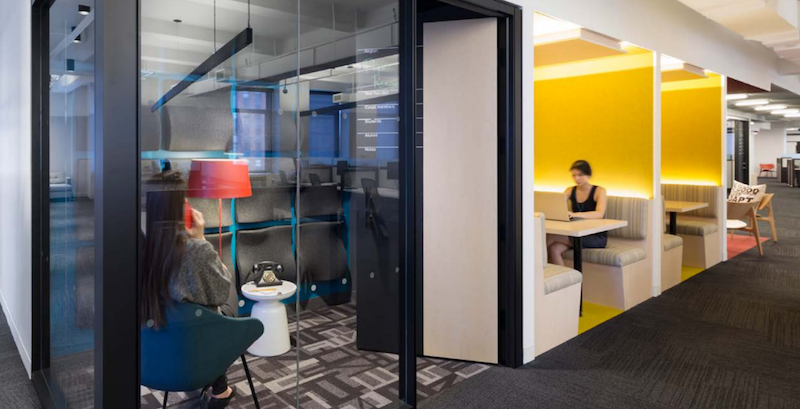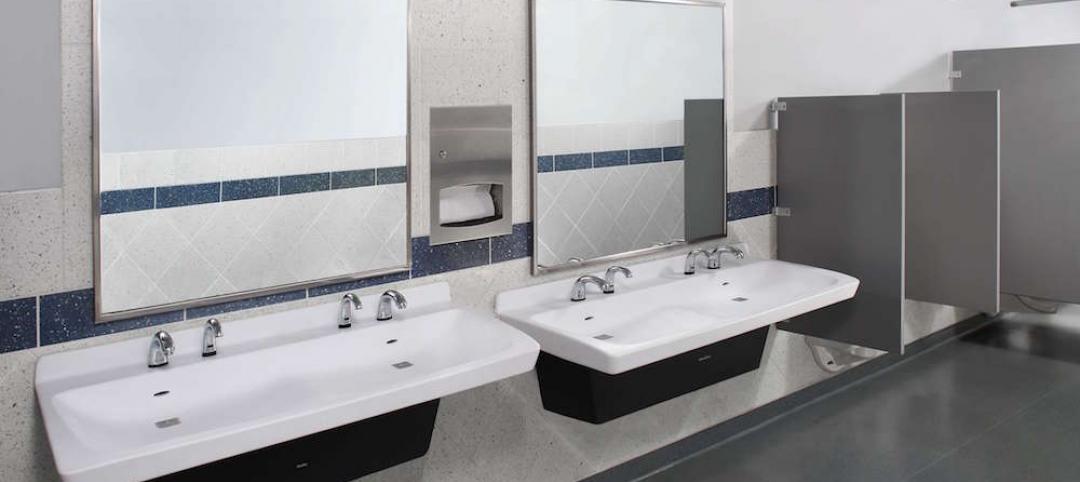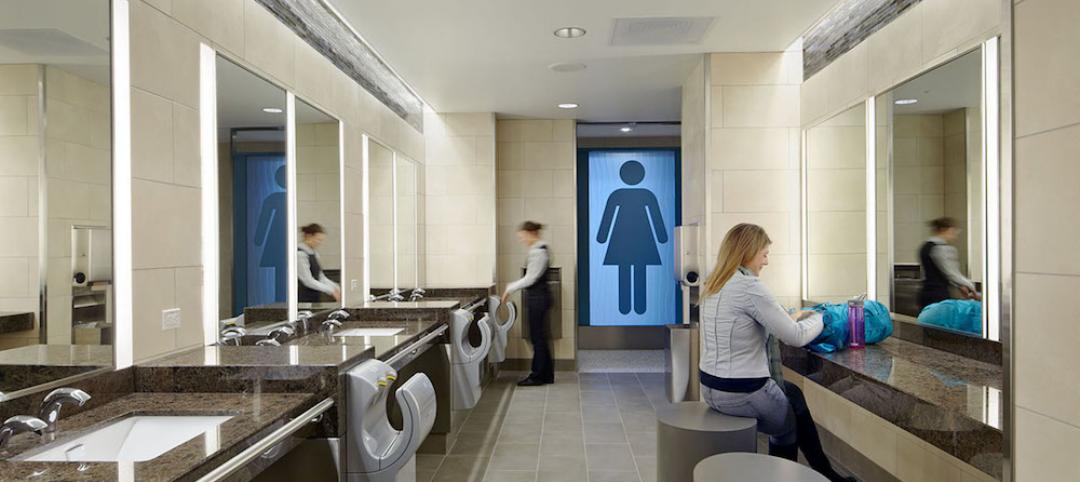HOK’s WorkPlace practice, in partnership with the UK Chapter of CoreNet Global, has released a new report that studies the impact of coworking from a corporate real estate (CRE) perspective.
Coworking is one of the fastest-growing sectors of the commercial real estate market. The new report, Coworking: A Corporate Real Estate Perspective, examines the drivers of coworking from the demand and supply sides, the industry risks and implications for corporate real estate, as well as information about the owners, coworkers and centers.
The HOK/CoreNet Global Coworking report highlights the ideas that changing business priorities and the need to attract talented people, reduce real estate costs, improve speed to innovation and increase productivity are driving corporations to consider different workplace models, including on- and off-site coworking.
Key findings from the Coworking report also include:
- The coworking concept is evolving to comprise accelerators, incubators and maker spaces. It reaches beyond office settings to include college campuses, retail locations, hotels and libraries.
- The impact of coworking spaces on CRE includes providing new uses for older properties and for underutilized spaces in existing facilities.
- The lowest engagement levels are found in employees who never work remotely. The highest employee engagement levels occur among those who work remotely less than 20% of the time.
- Many coworking centers emerged in a time of high unemployment and low rents. But 54% of the coworkers will leave a specific location in less than a year. The high turnover and tenant instability challenge coworking centers to maintain profitability. They are vulnerable to market conditions and new competitors.
“For corporate occupiers and other real estate professionals, the coworking trend is worth watching, exploring and testing,” said Curtis Knapp, director of consulting for HOK. “It is a way to add flexibility to the portfolio and help match the ebb and flow of supply and demand. It can be one solution to the many challenges posed by the changing nature of both work and worker.”
Related Stories
Industry Research | Sep 1, 2016
CannonDesign releases infographic to better help universities obtain more R&D funding
CannonDesign releases infographic to better help universities obtain more R&D funding.
Industry Research | Aug 25, 2016
Building bonds: The role of 'trusted advisor' is earned not acquired
A trusted advisor acts as a guiding partner over the full course of a professional relationship.
Market Data | Aug 16, 2016
Leading economists predict construction industry growth through 2017
The Chief Economists for ABC, AIA, and NAHB all see the construction industry continuing to expand over the next year and a half.
Healthcare Facilities | Aug 9, 2016
Key strategies to reduce healthcare facility costs and maintain operations
The right approach during the planning, design, and construction of a new facility can yield a positive return on investment and lower the overall cost basis for ongoing operations, writes Steve Higgs, Senior Managing Director with CBRE Healthcare.
Laboratories | Aug 8, 2016
The lab of the future: smaller, flexible, tech-enabled, business focused
A new CBRE report emphasizes the importance of collaboration and standardization in lab design.
Industry Research | Aug 5, 2016
47 states experienced improvement in year-over-year construction unemployment rates in June
The drop in the construction unemployment rate from June 2015 extends the uninterrupted monthly sequence of year-over-year rate decreases that started in October 2010, according to Bernard M. Markstein, PhD, President and Chief Economist of Markstein Advisors.
Industry Research | Aug 2, 2016
Nonresidential construction spending declines again in June
On a year-over-year basis, nonresidential construction spending has fallen 1.1 percent, marking the first annual decline since July 2013
Industry Research | Jul 26, 2016
AIA consensus forecast sees construction spending on rise through next year
But several factors could make the industry downshift.
Industry Research | Jun 15, 2016
Survey: Americans avoid touching handles but use their phones in public bathrooms
Bradley’s 2016 Healthy Hand Washing Survey offers insights into restroom use.
Industry Research | May 11, 2016
Why corporate bathrooms stink and how good design can fix this
Despite their importance, bathrooms are often overlooked when it comes to building design. Gensler's Johnathan Sandler spoke with people in the industry and detailed some of the biggest gripes.

















